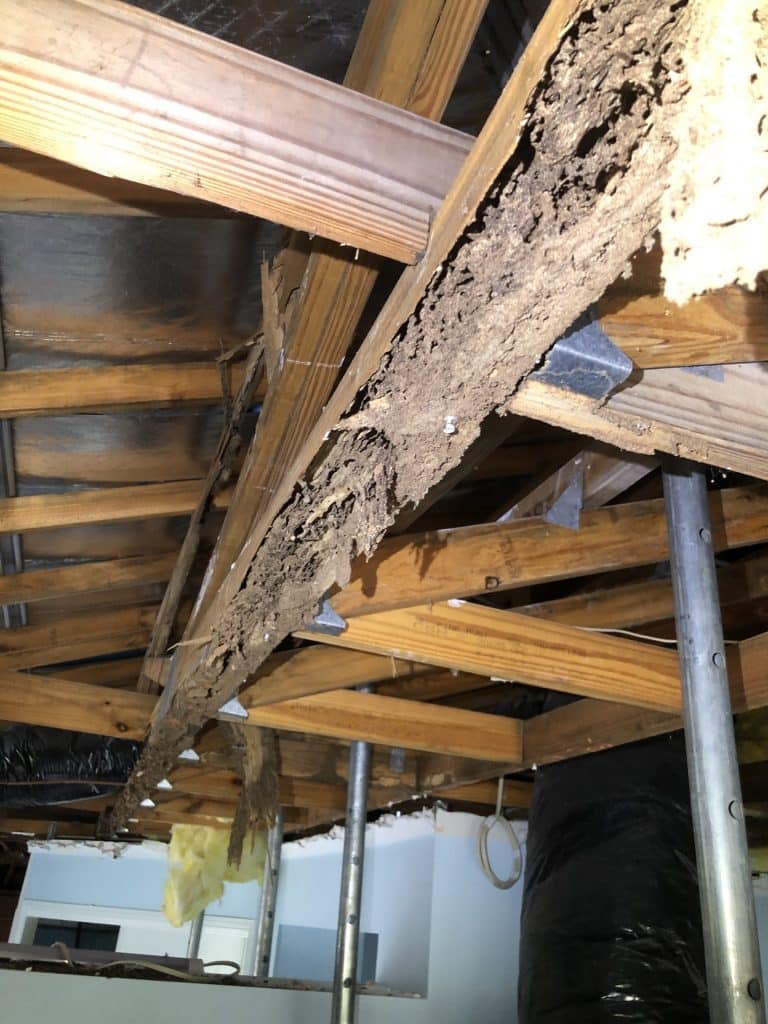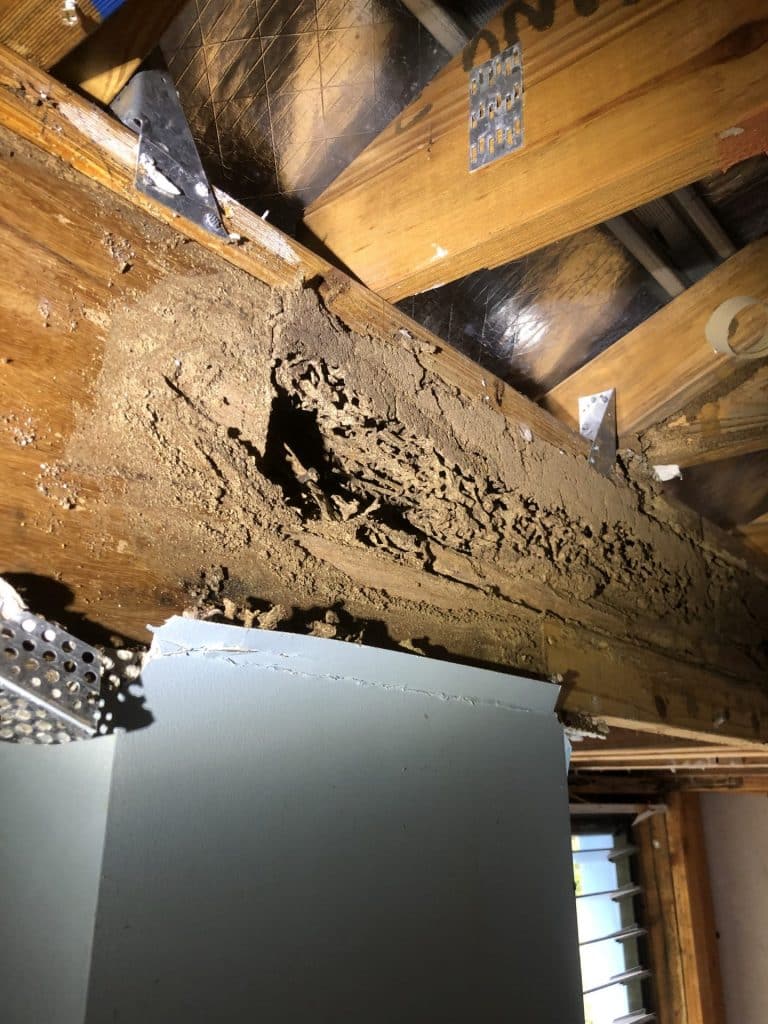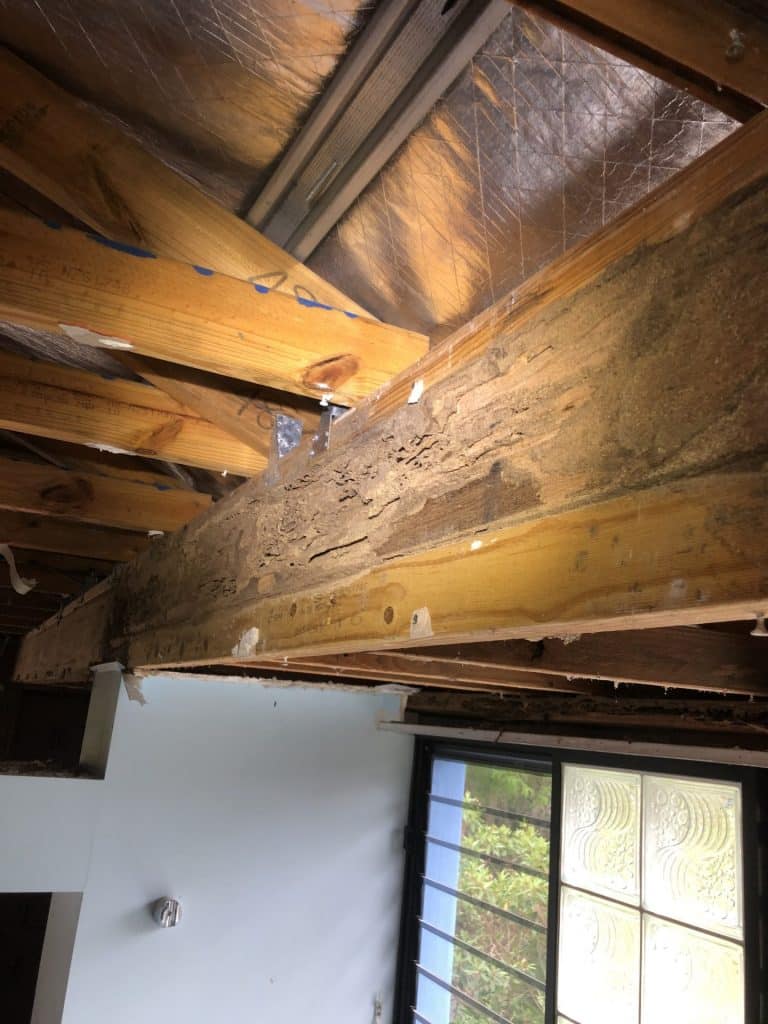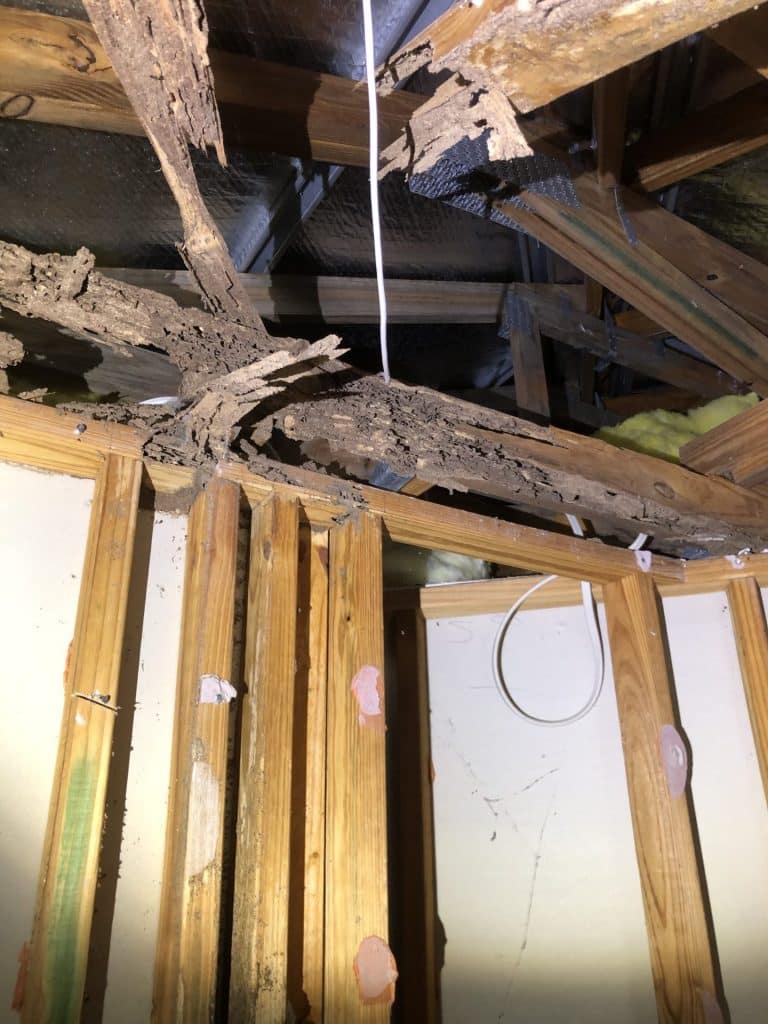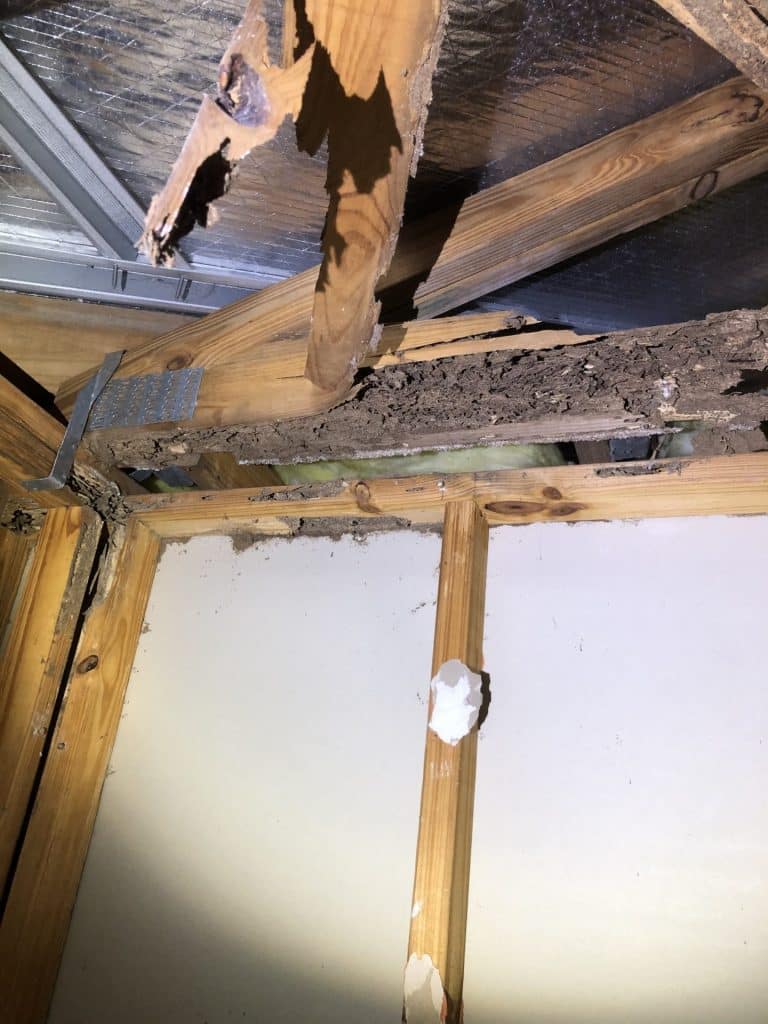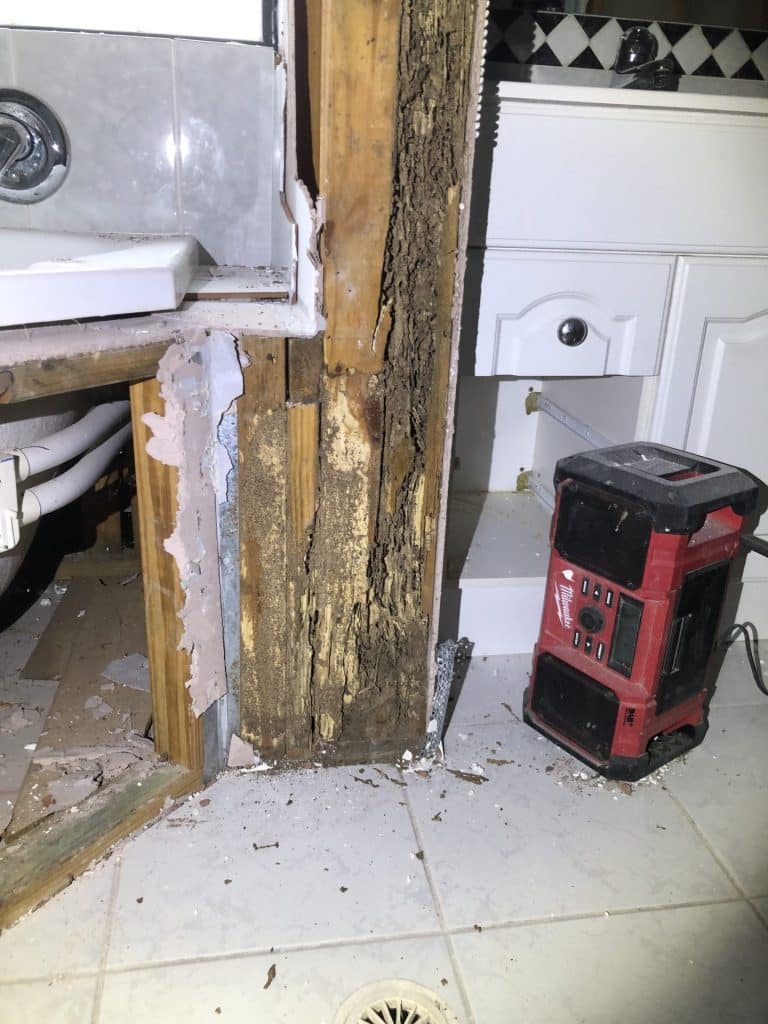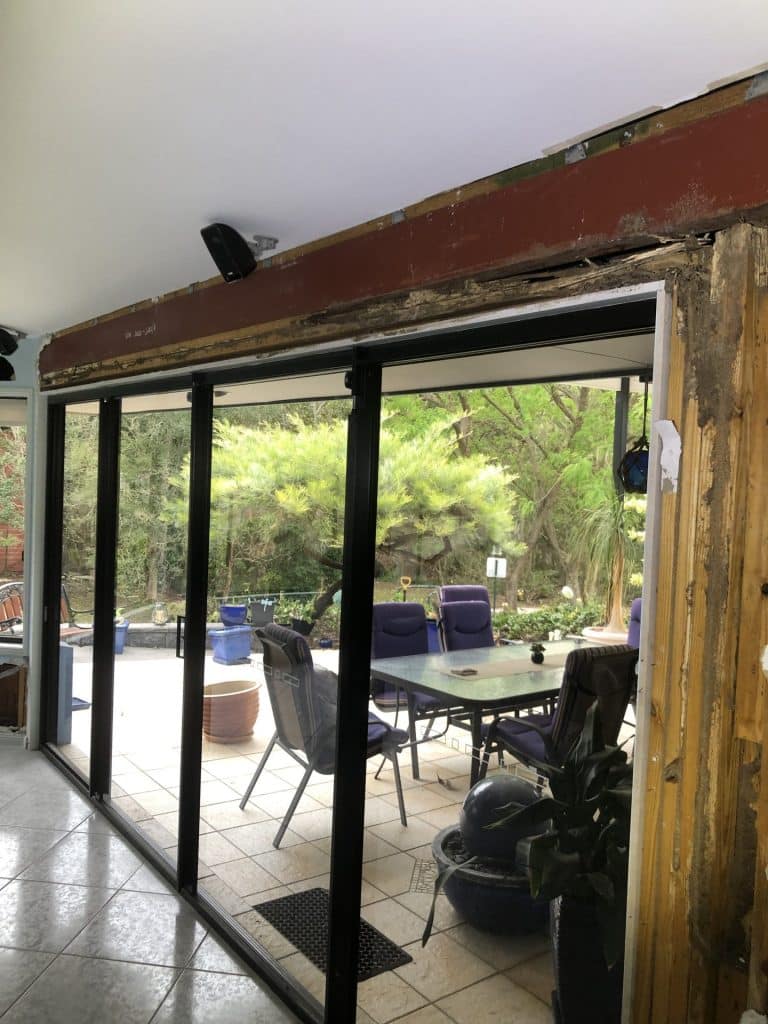Termites are considered one of the most successful species of insects on earth, with 16 known species having an economic impact in Australia. Their colony sizes can range from a few hundred, to enormous societies of several million, described as superorganisms. Termite queens are known to have the longest lifespan of any insect, reportedly living for up to 50 years! As many home owners would be aware, termites can do significant damage to buildings and wooden structures due to their feeding and decomposing of cellulose, generally in the form of wood. Their ability to remain concealed until severe, and sometimes irreparable amounts of damage are done to wooden structures are their greatest strength and our greatest threat.
The importance of termite inspections
Buying your own home may end up being the biggest asset you will ever own in your life! Now imagine if on top of your mortgage and all the other usual payments you have to make towards owning your own home, you have to add thousands more on top of that due to extensive termite damage to your house. These costs can be easily avoided with regular termite inspections, or a termite inspection prior to purchasing a home. The best way to handle a termite situation is preventatively. With regular inspections you will be able to catch the termite attack in it’s early stages and eliminate a smaller colony before they are able to grow and cause significant structural damage. If these pests are left to run rampant and eat away wooden structures, they can cause severe damage such as:
- Causing floors to buckle and cave in;
- Walls thinning;
- Ceilings to droop down; and
- Doors and windows warping.
If left untreated, your home may end up unliveable and unsafe.
What’s involved in a termite inspection
Termite inspections should be completed as per Australian industry standards. You will be asked if you’re aware of any history of termite problems, or if there are any issues you may have noticed around the house that could be related. A check of the fence lines, gardens and lawn areas, outer walls, subfloor and roof voids, and all internal walls will be completed to identify any signs of termite damage or activity. Your doorframes, window frames, shower and toilet wall backings will also be thoroughly looked over with a moisture meter, and if any readings come up in any of those areas, they will be gone over again with a termite radar to ascertain if there’s any potential termite movement in the walls. These inspections can vary in time frame depending on what is found, and a written report with any photos problems, and recommendations will be emailed to you at the conclusion of the inspection.
There are a number of ways to reduce the risk of termites, such as:
- Fix any moisture issues like leaking pipes, poor ventilation, and poor drainage;
- Keep any areas under the house (if there are any) clear, and don’t store anything that can reduce the ventilation of that space;
- Remove any spare wood that is in contact with the ground and close to the house; and
- When building a new home, certain construction materials and methods can significantly reduce the risk of termite attacks, so speak with your construction contractors about this.
Get regular termite inspections, at least annually, and follow their advice to reduce your risks.
What these annual inspections will cost is nothing in comparison to the time and money that termites drain once they’ve burrowed their way into your homes. Don’t let termites eat away at your peace of mind and bank balance. Organise your termite inspection Brisbane wide today!

